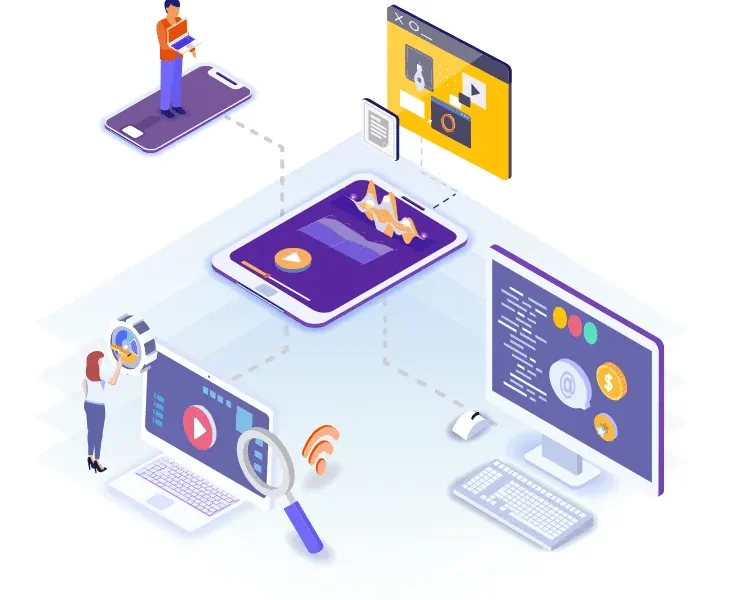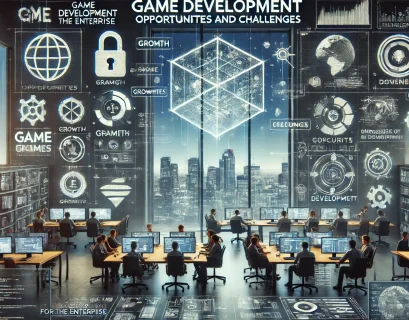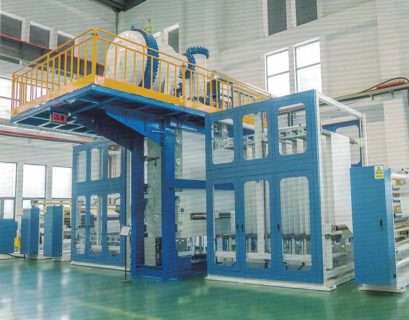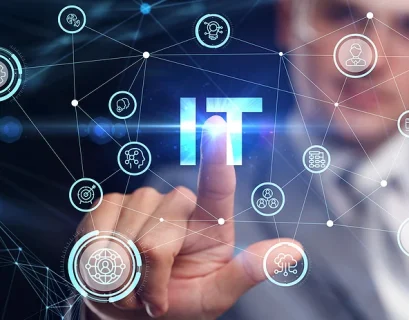In an era where technology evolves at lightning speed, businesses often find themselves grappling with outdated systems that hinder their growth and efficiency. This is where a Legacy Application Modernization Company can play a pivotal role. Modernizing legacy applications not only enhances operational efficiency but also improves user experience, reduces maintenance costs, and increases flexibility to adapt to market changes.
Understanding Legacy Applications
Legacy applications are outdated software systems that are still in use, often because they perform critical functions for an organization. While these systems may have served their purpose well in the past, they can become significant liabilities over time. Challenges associated with legacy applications include:
- High Maintenance Costs: Older systems often require specialized knowledge and resources for maintenance, leading to inflated operational costs.
- Incompatibility: Legacy systems may not integrate well with newer technologies, resulting in data silos and inefficiencies.
- Limited Functionality: As business needs evolve, legacy applications may lack the necessary features to support modern operations.
- Security Risks: Outdated systems are more vulnerable to cyber threats, putting sensitive data at risk.
Why Modernize?
Modernizing legacy applications offers numerous benefits that can transform your business:
- Improved Performance: Upgrading your systems can significantly enhance performance, enabling faster processing times and better resource management.
- Enhanced User Experience: Modern interfaces and functionalities can lead to improved user satisfaction, making it easier for employees and customers to interact with the system.
- Cost Efficiency: While the initial investment may be substantial, the long-term savings in maintenance and operational costs can be significant.
- Scalability: Modern applications can be designed to scale with your business, allowing for growth without the need for constant overhauls.
- Better Data Management: Upgraded systems can provide more robust data management capabilities, including real-time analytics and reporting, helping businesses make informed decisions.
The Modernization Process
The journey of modernizing legacy applications typically involves several key steps:
- Assessment: Evaluate the current application landscape to identify which systems need modernization and what the goals are.
- Strategy Development: Create a comprehensive modernization strategy that outlines the goals, timelines, and resources required for the project.
- Choosing a Modernization Approach: There are several approaches to modernization, including:
- Replatforming: Moving the application to a different platform while keeping its core architecture intact.
- Refactoring: Rewriting parts of the application to improve performance without changing its overall functionality.
- Rearchitecting: Completely redesigning the application for better scalability and performance.
- Replacing: Phasing out the old application entirely and replacing it with a new system.
- Implementation: Execute the modernization plan, ensuring that the new system integrates seamlessly with existing processes and technologies.
- Testing: Conduct thorough testing to identify and resolve any issues before the new application goes live.
- Training and Support: Provide training for users to ensure a smooth transition and ongoing support to address any post-implementation challenges.
Real-World Applications
Modernization can be applied across various industries, including:
- Healthcare: Upgrading patient management systems can improve patient care and operational efficiency.
- Finance: Modernizing banking systems enhances security, compliance, and customer experience.
- Manufacturing: Updating supply chain management systems can lead to better inventory control and process optimization.
Common Challenges
While modernization offers many benefits, it’s not without challenges:
- Resistance to Change: Employees may be hesitant to adopt new systems, making change management essential.
- Data Migration Risks: Transferring data from legacy systems to modern applications can lead to potential data loss or corruption if not handled carefully.
- Budget Constraints: Modernization projects can be costly, and securing budget approval can be a hurdle.
Conclusion
In a rapidly changing digital landscape, Legacy Application Modernization is essential for businesses looking to thrive. Partnering with a Legacy Application Modernization Company can provide the expertise and support needed to navigate this complex process. By embracing modernization, organizations can enhance efficiency, improve user experience, and position themselves for future growth.
FAQs
- What is legacy application modernization? Legacy application modernization involves updating outdated software systems to improve performance, security, and user experience while reducing operational costs.
- Why should my business consider modernization? Modernization can enhance efficiency, reduce maintenance costs, and improve data management, enabling your business to adapt to changing market demands.
- What are the common approaches to modernizing legacy applications? Common approaches include replatforming, refactoring, rearchitecting, and replacing legacy systems with new applications.
- How long does the modernization process take? The timeline for modernization varies depending on the complexity of the application and the chosen approach, typically ranging from a few months to over a year.
- What challenges might we face during modernization? Challenges may include resistance to change, data migration risks, and budget constraints. Proper planning and change management strategies can help mitigate these issues.




















